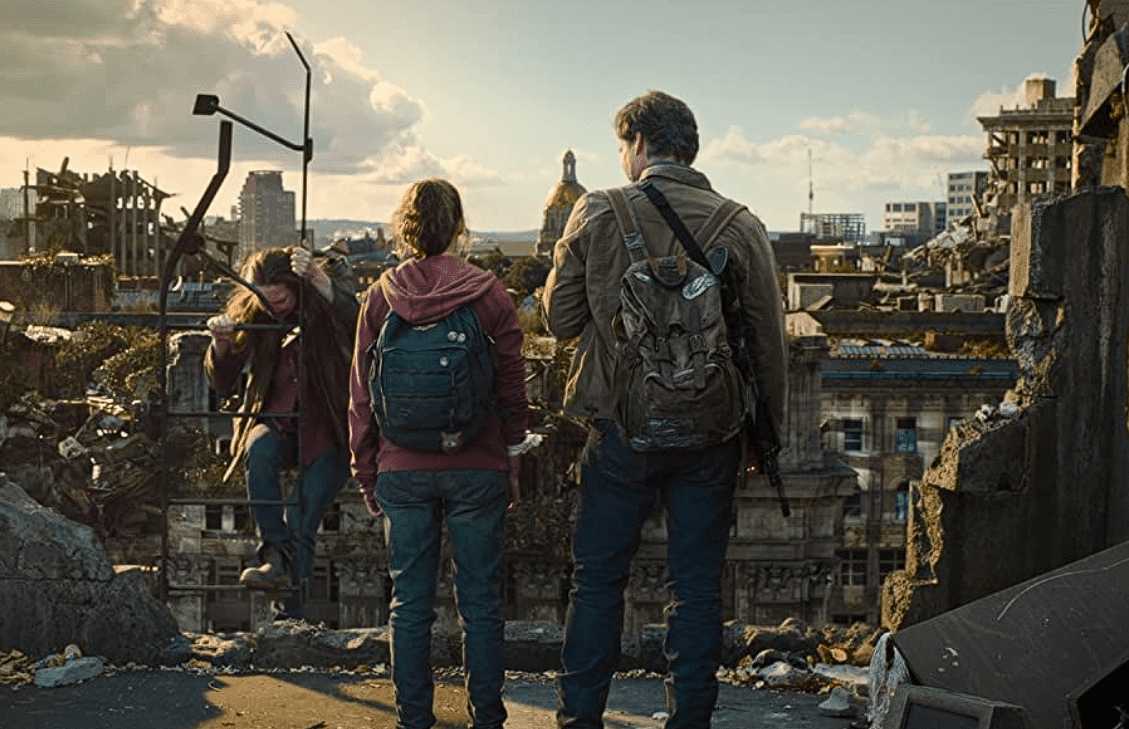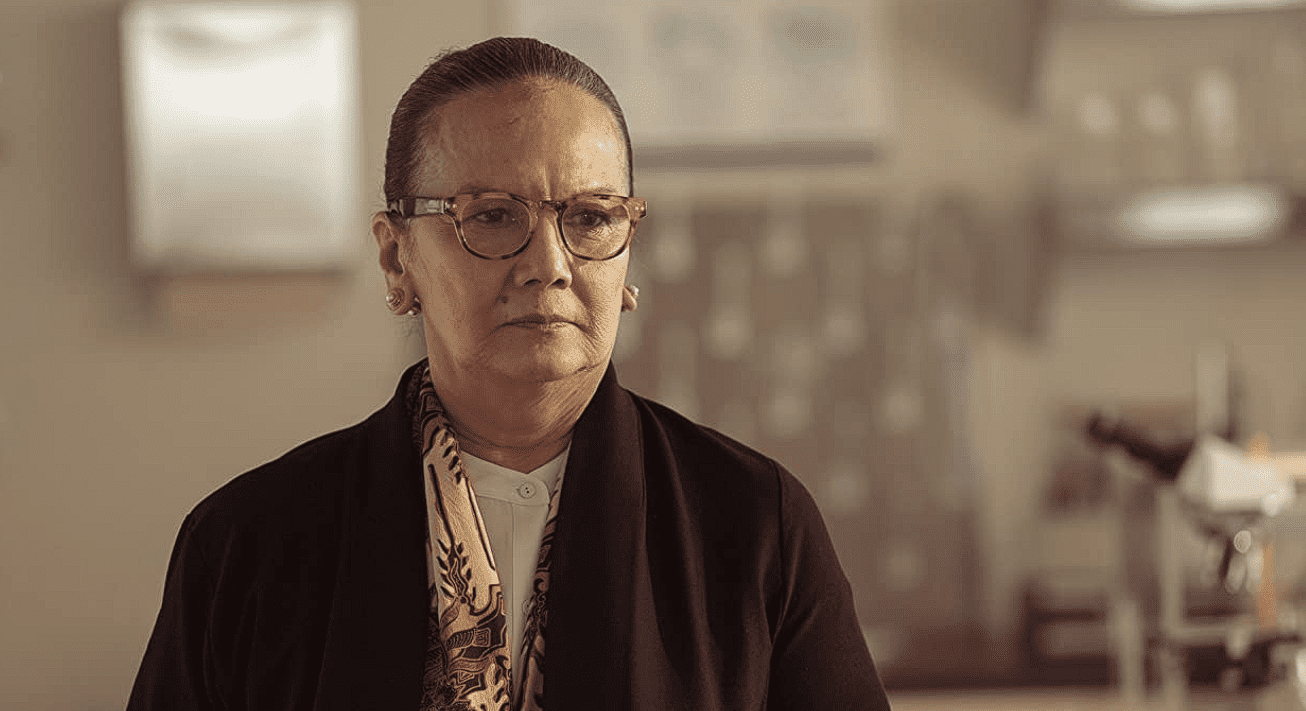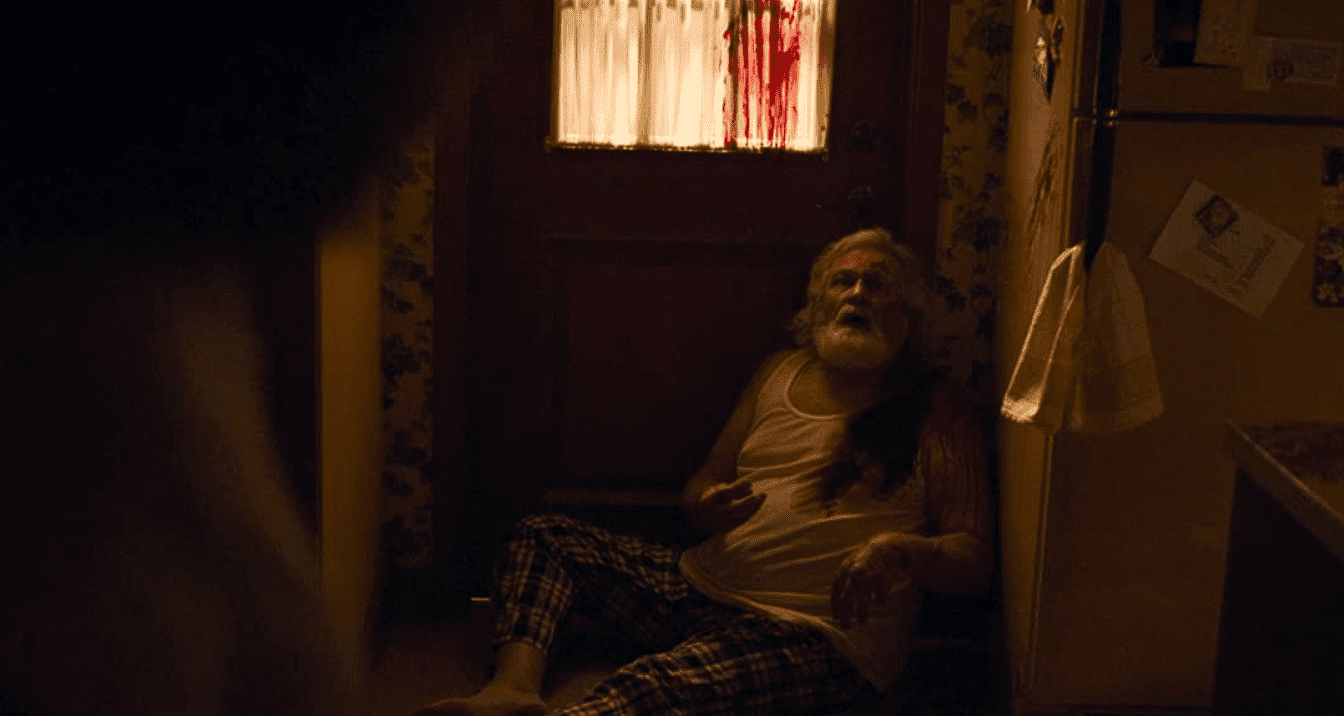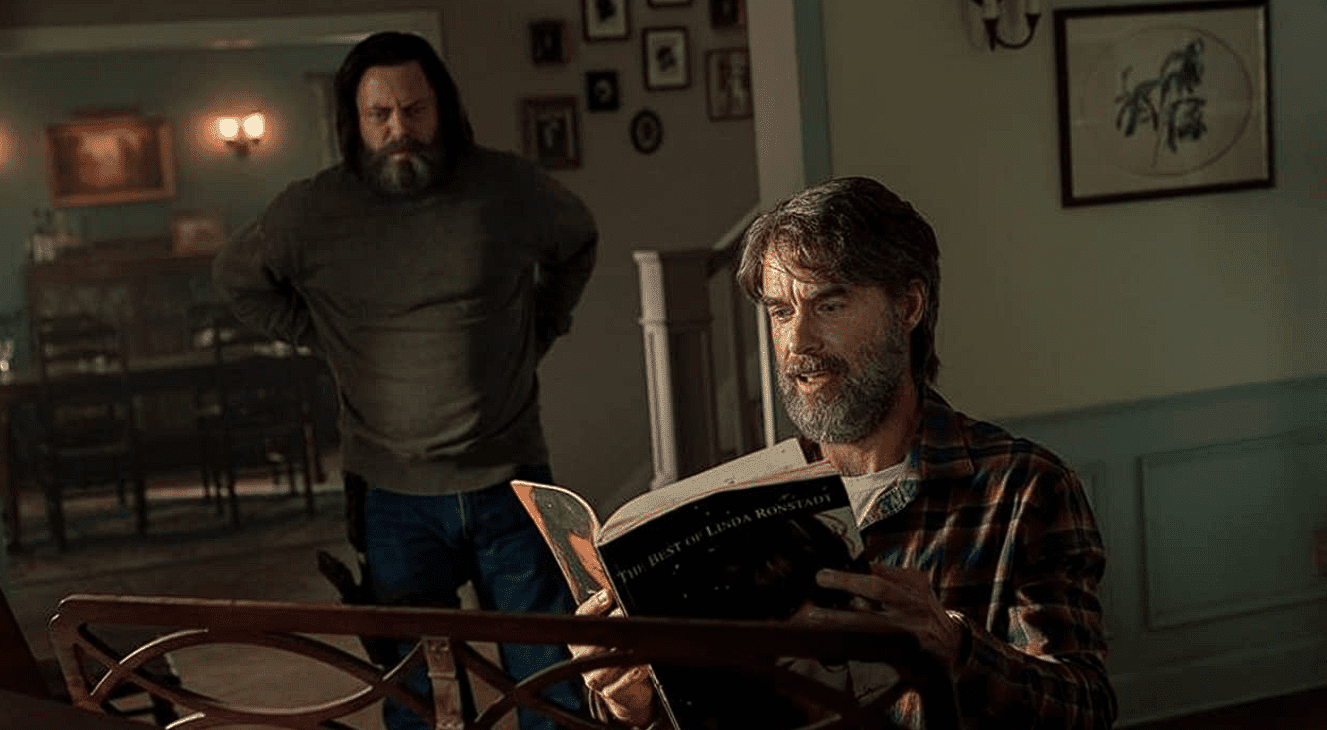
When “The Last of Us” came out on PlayStation 3 in 2013, I remember huddling around a small CRT television with a couple friends passing the controller back and forth as we progressed through the game. It was something we’d done countless times before, normally taking shifts to grab food and drinks or heckle in between turns at the helm. But playing “The Last of Us” was different. We didn’t heckle, and our drink and snack breaks were shorter than they’d ever been. For the first time, we were so thoroughly engaged in the narrative and storytelling in a game that it held our attention when we weren’t even playing.
Now, 10 years, an expansion, a sequel, and a remaster later, Naughty Dog’s “The Last of Us” game takes on a new life as an HBO original series.
And oh, boy, does it deliver. HBO’s “The Last of Us” series is only three episodes in as of this writing, but it was greenlit for a second season after episode two. After watching the three episodes that have been released, it’s easy to see why. A Max subscription just got a little more worth it.
**SPOILERS AHEAD**
It’s Faithful to the Source Material

Unlike some video game adaptations that go off-book and suffer for it (looking at you, “The Witcher: Blood Origin”), HBO’s “The Last of Us” has managed to stick close to its source material. In the first few episodes, we’ve been blessed with several scenes that are shot-for-shot live-action reenactments of cutscenes from the game, such as when Joel (Pedro Pascal) and Ellie (Bella Ramsey) are first left alone together at Joel and Tess’s (Anna Torv) place in the first one.
Even HBO’s additions remain faithful to the source material. As far as I remember from playing “The Last of Us,” we never see how the mutated fungus wreaks havoc on the rest of the world. The Jakarta scenes serving as the introduction to episode two showed the breadth of the outbreak, how it was widely understood that there was no hope for a cure, and how drastic measures needed to be taken to even hope to survive as a species.
When Dr. Ibu Ratna (Christine Hakim) asked to be with her family after recommending her entire city be bombed to curb the spread of the infection, my heart sank. It was a stellar storytelling moment, which is what the original “The Last of Us” game was — and is — known for.
It Nails the Little Things
So many little details in HBO’s adaptation seem to cascade as the series has progressed. In episode one, when Joel’s daughter, Sarah (Nico Parker), is being hurried from the watch repair shop, the radio mentions breaking news from Jakarta. The second episode starts by showing us more of what happened in Jakarta, following one scientist’s confirmation of the fungus from a sample taken from a dead flour and grain factory worker. In episode three, when Ellie asks Joel about how the infection spread, he shares the theory that the fungus contaminated a major food source, like flour or wheat, and ended up reaching peoples’ homes as processed food, such as pancake mix (another stab in the heart), leading them to become infected.
The early 2000s scenes are painfully accurate, down to the Nokia brick cellphone and the picture of George W. Bush next to the clock in Sarah’s classroom in Texas before the outbreak. In the present-day scenes, the props look like they’ve been through 20 years of hard use — everything is rusty, held together with duct tape and a prayer, or barely works (like Tess’s lighter). Clothes are patched, stained, and dirty, just like the characters inhabiting them.
It’s Scary as Hell

Because you cared about the characters, playing the original “The Last of Us” game could be downright stressful. That’s something HBO’s adaptation has managed to keep. When Joel was trying to reload his revolver as silently as possible to avoid being mauled by a Clicker in episode two, I started grinding my teeth. When the decrepit Nana (Wendy Gorling) started chasing Sarah in episode one, I jumped. When Sarah and Joel were being chased by an Infected as they fled the city and when the Infected flew over the counters in the restaurant they tore through, I wanted to get up and run as fast as I could too.
One of the scientists in the series’ introductory scene hypothesizes that an increase in Earth’s temperature could lead to the cordyceps fungus mutating to be able to spread to humans. As our own climate changes, this adds a layer of “this isn’t far off” dread that is especially poignant, especially for a series that deals with a global pandemic just as our real-life society tries to recover from one.
It Deviates in Small but Effective Ways

The elephant in the room here is Tess’s death at the end of the second episode, which I thought was a solid way for her character to go out. Let her have a badass moment. It didn’t hurt anything, and the tension of her lighter struggling to function added exhilaration to the scene. I stand by it.
Bill (Nick Offerman) and Frank’s (Murray Bartlett) romantic relationship was so vaguely referenced in “The Last of Us” video game that you could have missed it, but HBO made sure you couldn’t. The third episode dove deep into Bill and Frank’s relationship through a series of tender vignettes — one that even features Joel and Tess — as the couple aged together during the fall of humanity. Their love story so far hasn’t ended the same way it did in the video game, but we never saw any bodies, so who can say?
